Every day it is more common for users to use Augmented Reality filters in social networks, especially and more specifically in the stories of Instagram. These filters were first created in the image and video messaging application, Snapchat. They were later incorporated into Instagram and Facebook where their use began to become popular through the stories format.
The statistics for the past year are very clear: 500 million Instagram accounts upload stories daily, of which 75% include some Augmented Reality filter. This fact has caused many companies and brands to see in this format a business opportunity and a new way of communicating with their customers, through the creation of their own corporate Instagram filters.
But, first, let's start with the basics....
What are Augmented Reality filters?
AR filters or Augmented Reality filters are camera effects that can be added to stories on Instagram and Facebook. These effectsconsist mainly of computer-generated virtual elements that are superimposed in real time on the images captured by the front or rear camera of the mobile phone thanks to Augmented Reality technology.
Today technology has advanced enormously since the first uses of this type of experience and these filters currently allow to recognize, not only human faces, but also those of our pets, other body parts such as hands, or even be used by several people at the same time. In this way, the creative possibilities provided by the use of Augmented Reality filters are growing, and are proving to be one of the preferred and essential complements for users in their Instagram stories.
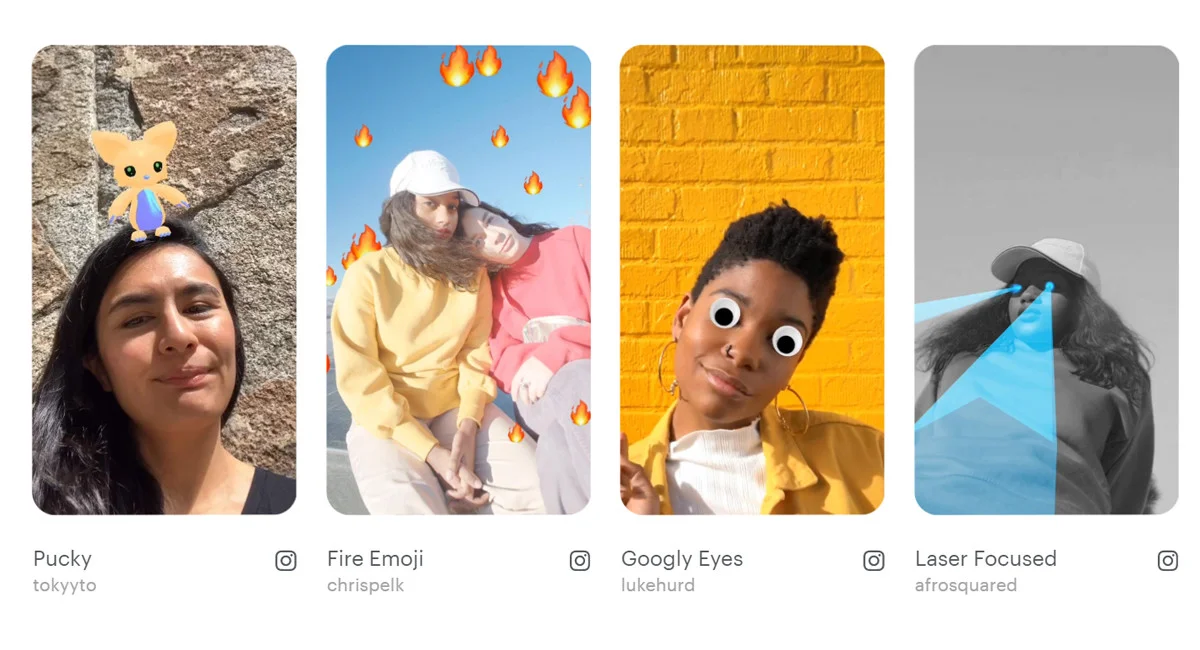
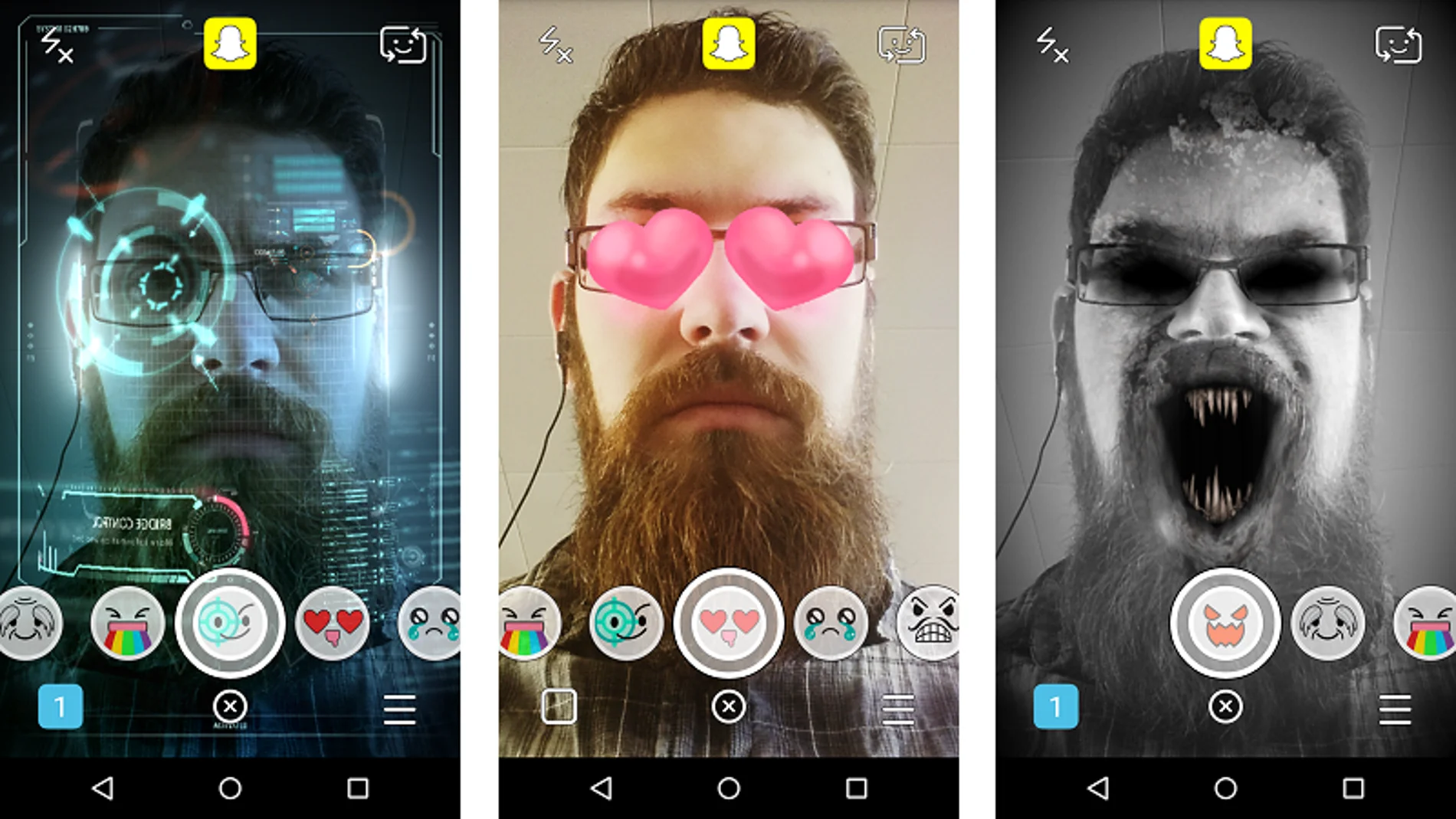
What kind of AR filters are there?
Depending on their use of Augmented Reality, the type of interaction they generate with the user or even the subject matter they deal with, Augmented Reality filters for Instagram can be categorized in multiple different ways. Primarily, these are the most relevant types of AR filters that can be created for Instagram Stories:
-
Masks and accessories: Using Augmented Reality, objects or accessories such as hats, scarves, glasses, earrings, etc. are projected onto the user's face.
-
Cosmetic effects: Like the previous ones, they also recognize and alter the user's face, reflecting how it would be aesthetically modified in real time, for example, if they had freckles, if they wore a certain makeup, or if they dyed their hair a different color.
-
Quiz: These are filters that generate random answers to a specific question. They serve brands to let the public know the variety of their product, and also generate expectation in users, since, due to its randomness, it causes users to try it more than once to see the different options provided by the filter.
-
Games: Generally, the face and certain gestures of the face are used as the controller of the mini-game mechanics. These are more interactive filters, because the user's actions and movements influence what is displayed on the screen. Users will want to try it again and again to beat their personal best and even challenge their friends, which implies high filter diffusion.
-
Projection of virtual objects: By using Augmented Reality, a 3D object is directly recreated on a surface. They are very interesting to show the products of a brand, since any product or object can be projected; a pair of sneakers, a bottle, or even an animated object such as a dog, a cat or a bird.
-
Virtual environments: These are filters that allow creating 360º environments, in which the user will be able to see himself inside it through the mobile device. In addition, the image can be accompanied by sound so that the user experiences a greater degree of immersion in the created environment.
How to create Augmented Reality filters?
The popularity of Augmented Reality filters has led users themselves to want to create their own filters and upload them so they can share them with the community. So much so that many users have become specialists in creating this type of AR effects and their social network accounts have become popular due to the notable use of their filters created for the community.
For this reason, and given the boom and popularity these were having, Facebook decided to create Spark AR Studio, a graphic editor with which you can create all kinds of Augmented Reality filters for Instagram and Facebook; distortions, cosmetic effects, virtual objects, 3D masks, etc. This application covers all the necessary functions and capabilities to be able to create filters for social networks, from the simplest to the most complex, and upload them to our Instagram and Facebook accounts.
In addition to Spark AR Studio for Instagram and Facebook, TikTok has also decided to join the trend of Augmented Reality filters, recently implementing (still in beta version) an Augmented Reality development platform, Effect House, with which users can create AR filters for the social network.
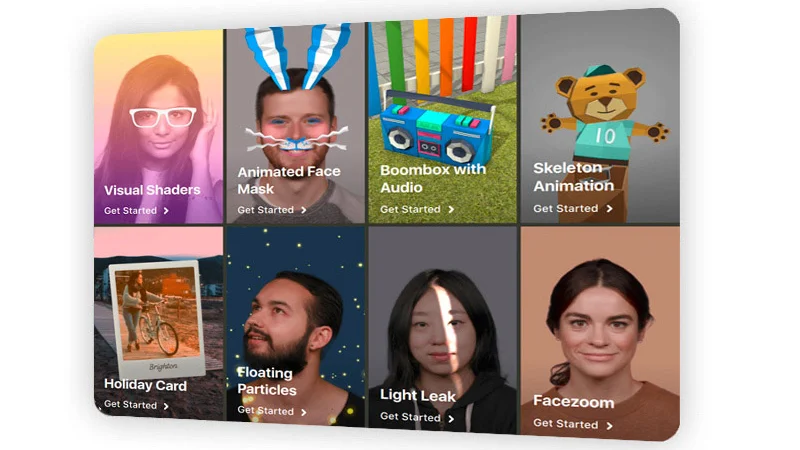
It should be noted that, despite having tools and software to facilitate the development of these filters, in most cases a minimum of knowledge about programming logic and 3D modeling is necessary to achieve the expected result.
For this reason, if you are looking for professionals to create the Augmented Reality filter you have in mind for your brand or company, contact us and we will help you make it happen.
We create your own Augmented Reality filter!
Why include Instagram filter creation in a brand or company's corporate strategy?
Now you know what Augmented Reality filters are, how they can be created for Instagram, Facebook or even TikTok and what types of filters exist, but.... How can using Augmented Reality filters on social networks help a company? How can brands benefit from creating their own AR filters? Why include them in a company's marketing strategy?
As we mentioned at the beginning, AR filters are a tool used mainly on Instagram and Facebook, two social networks that together have 1.6 billion active users. In addition, as we also discussed above, stats show that 375 million Instagram accounts use Augmented Reality filters on a daily basis in their stories.
Augmented Reality filters are a non-invasive branding tool that also creates interest in the brand and generates a bond with potential customers; it must be taken into account that, as statistics for 2021 show, Instagram helps 80% of its users to decide whether to buy a product or service, so AR filters are a good way to make the product visible and make it known to new users.
When implementing AR filters in the communication strategy on social networks, brands create branded content of great value, getting the users themselves to become prescribers by spreading the content in their stories, generating brand value and even going viral.
Another very important factor also for marketers, can the impact generated by the use of these Augmented Reality filters be measured? Of course it is. The results are fully measurable, since Instagram provides you with statistics about their use, so you can analyze and check if they adapt to users' preferences.
By using Augmented Reality filters, users can not only "try" a product before making a purchase, as in the case of a cosmetic product or an accessory, but these filters can also be used to show the human side of the brand, celebrating special days, such as Halloween or Christmas, or to show support for social causes.
In conclusion, AR filters are a great tool to consolidate the brand image on your social media profile, improve visibility and increase audience. Their use also means performing an innovative action for users that creates a real connection with the brand and conveys a fresh and fun image.
Examples of Instagram filters for businesses
#MyOutfilter by Springfield:
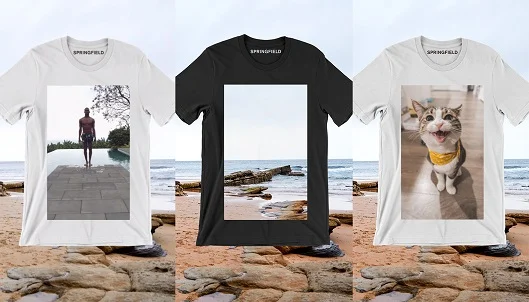
Tropicana's Instagram Quiz:
Instagram filters for the Valencia Marathon 2021:

The virtual mustaches of Rodolfo Langostino:
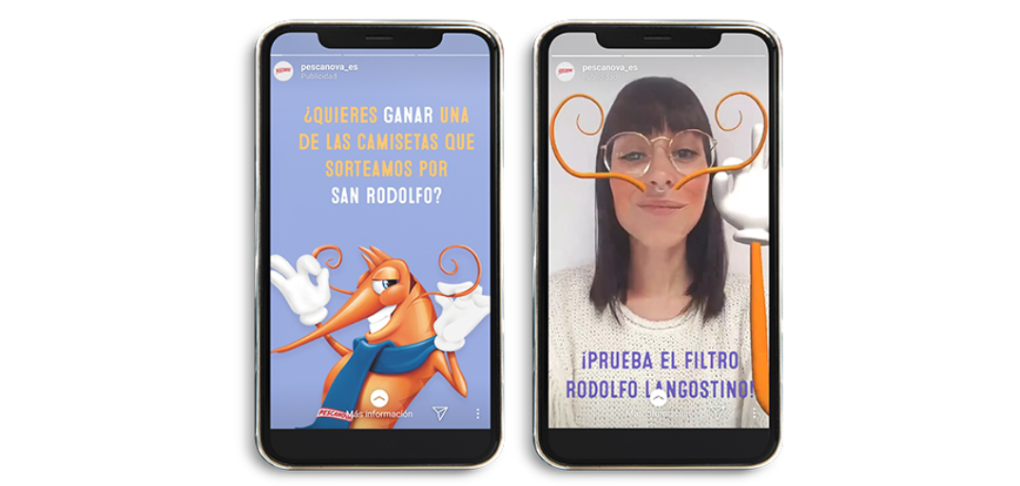
Fun AR filters by Gucci:
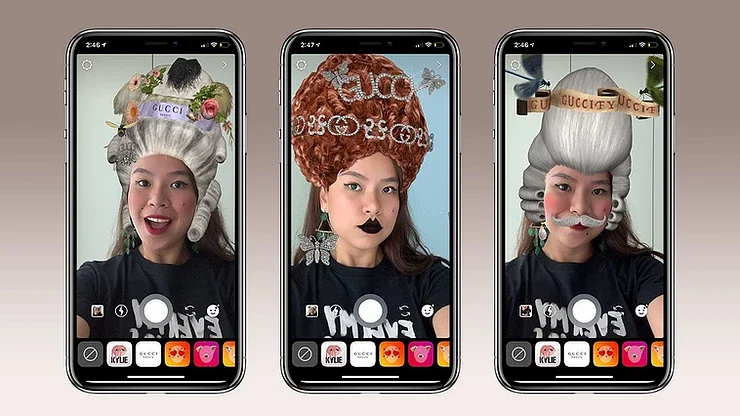
The bag on the head of Carrefour:
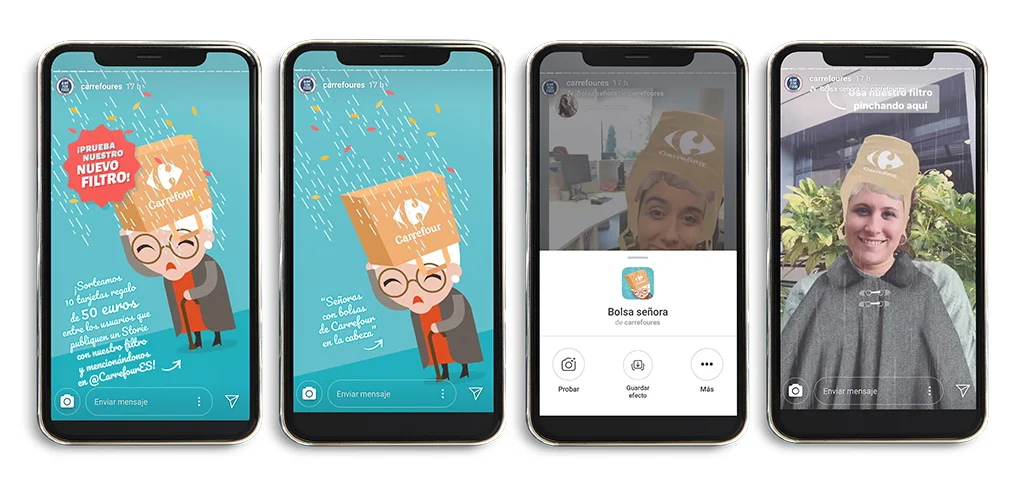
Themed AR filters to celebrate all kinds of festivities:
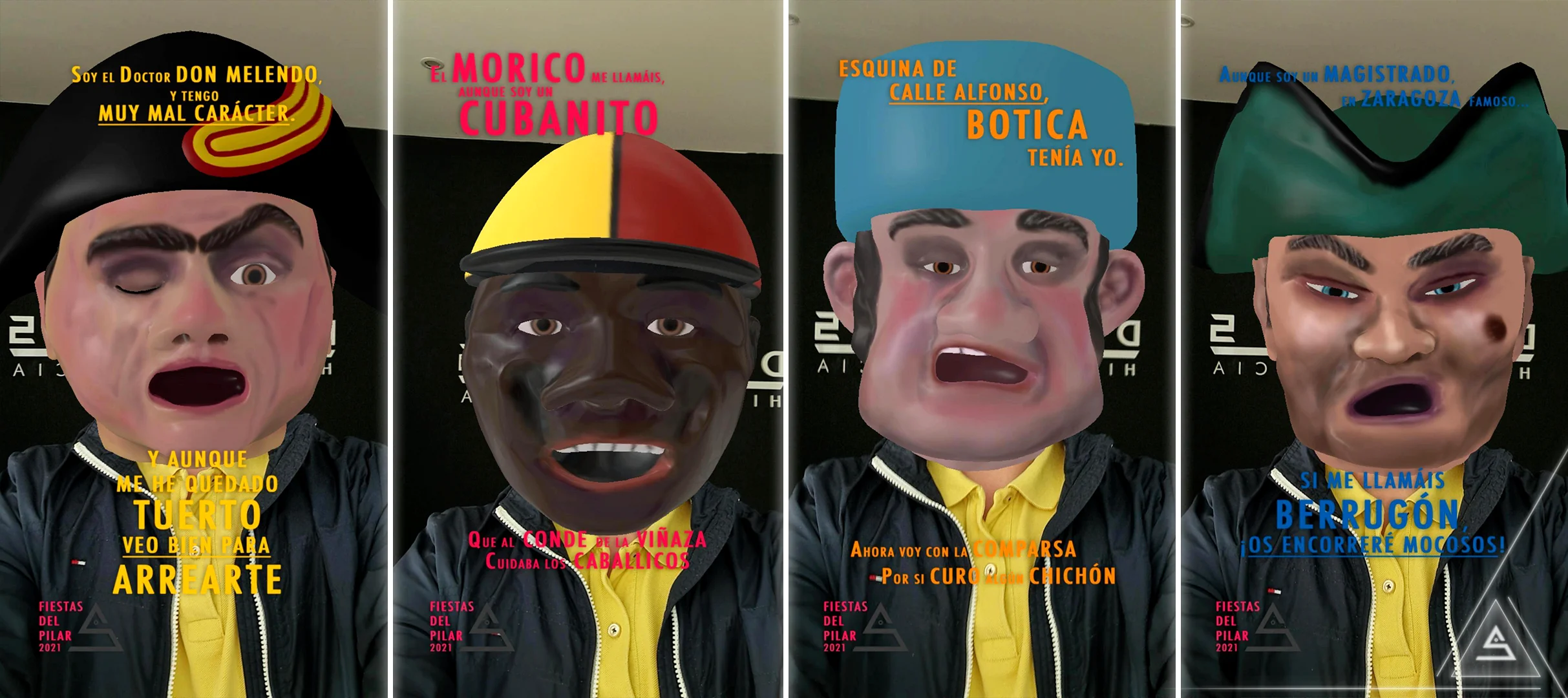

SIMILAR CONTENT
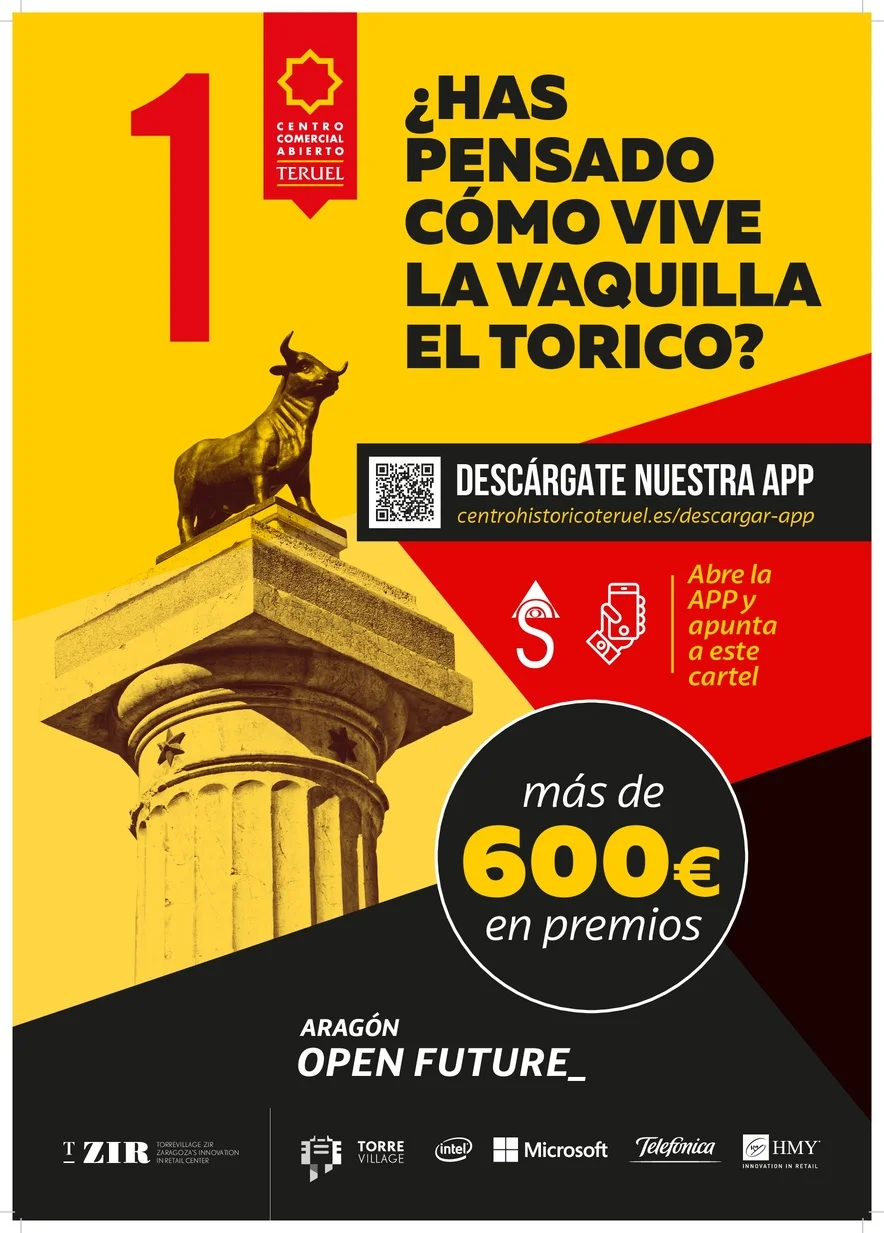
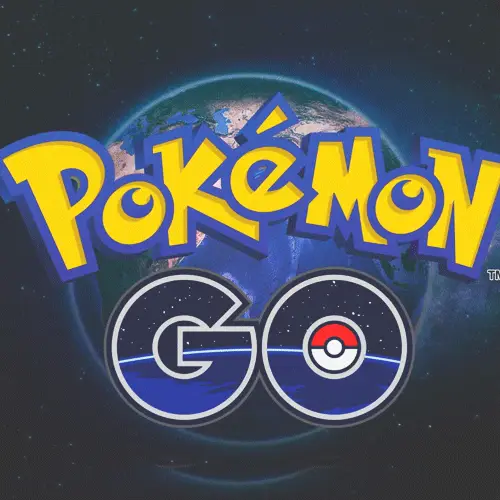
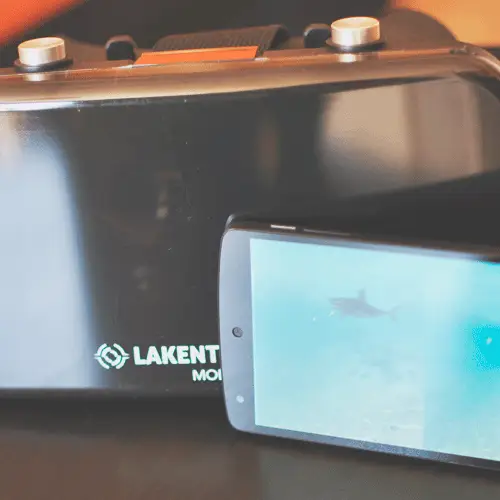








 Return
Return







